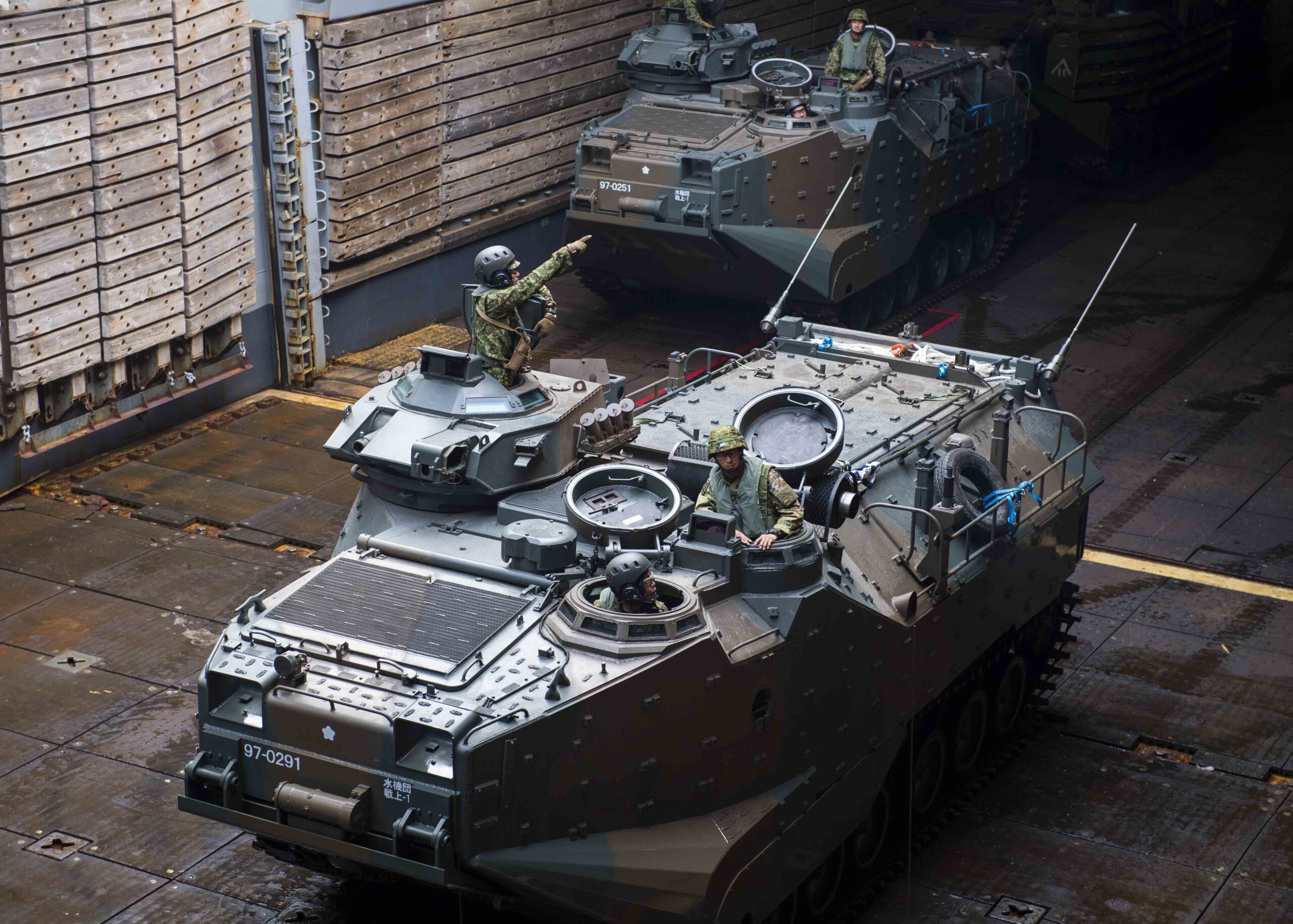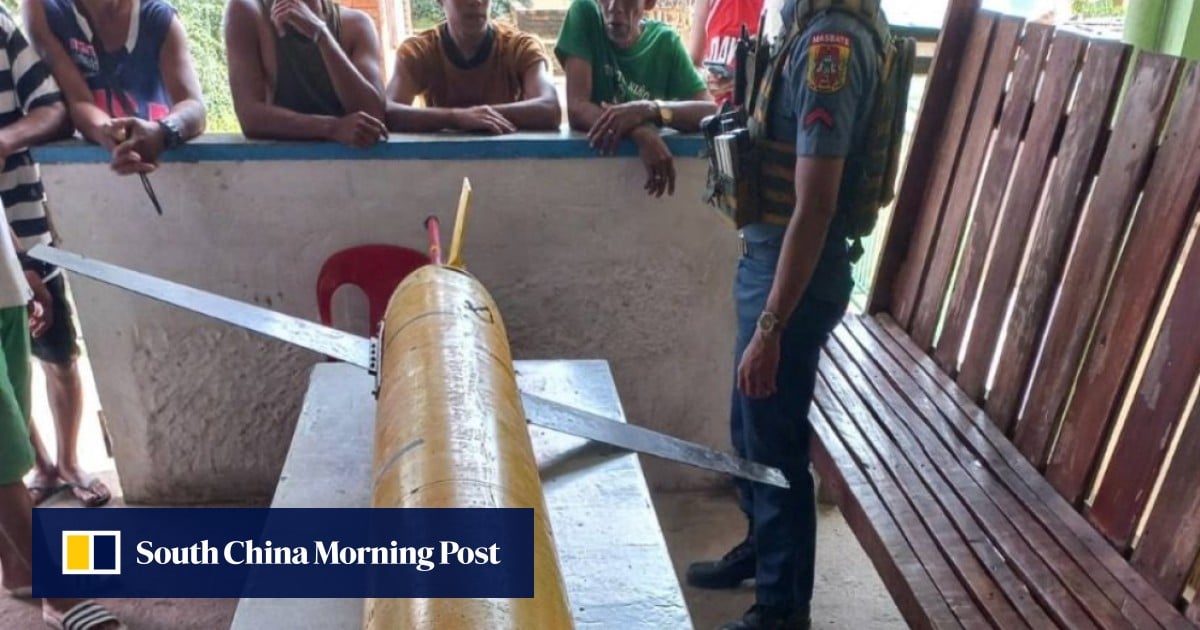Japan is aiming to develop an unmanned amphibious assault vehicle (AAV) as part of its Future Amphibious Technology Research (FAT-R) programme, a representative from the Japanese Ministry of Defense’s Acquisition, Technology & Logistics Agency (ATLA) revealed at the International Armoured Vehicles (IAV) 2023 conference held in London on 23-26 January.
Colonel Sakasegawa Daisuke, 3rd Development Section Chief at ATLA’s Ground Systems Development Division, noted that two versions of the unmanned FAT-R vehicle are under consideration. The first is a tele-operated variant that will be remotely controlled by a crewperson from another FAT-R vehicle, while the other is expected to autonomously follow a crewed vehicle in ‘leader-follower’ mode.
Prototyping work, including experimentation with novel vehicle sensors such as a sonar system, is expected to be completed by between 2024 and 2025, Colonel Sakasegawa explained.
“Unmanned FAT-R vehicles can be used to support logistics operations such as transport of personnel and supplies, and also to minimise casualties as forward elements of an amphibious landing operation to recapture remote islands,” he added.
First announced in 2017, the FAT-R programme aims to mature technologies that would enable production of a high-speed AAV capable of manoeuvring in coral reefs and the steep terrain of Japan’s remote southern islands. The vehicle is designed to accommodate up to 10 fully equipped dismounts, with five seats on either side of the crew compartment facing inwards.
If successfully produced, FAT-R vehicles will likely equip Amphibious Rapid Deployment Brigade (ARDB), which was launched at Camp Ainoura in Sasebo, Nagasaki Prefecture, in March 2018.
The ARDB – which presently operates the BAE Systems AAV7A1 Reliability, Availability, Maintainability/Rebuild to Standard (RAM/RS) platform – was formed as part of an ongoing effort by the service to enhance its ability to defend or recapture the Nansei Islands in the southwest, including the Senkaku Islands in Okinawa Prefecture, which are controlled by Japan but claimed by China.
Following several years of computer-assisted design and subscale prototyping, ATLA also recently completed and tested a full-sized technology testbed and validated its ability to overcome coral reefs and steep terrain at a forward angle of up to 70º.
The 40-ton testbed, which measures 7.9 x 3.3 x 2.3 metres, is equipped with a Mitsubishi Heavy Industries 12VB engine which produces up to 3,000hp. The engine also powers a pair of 1,500hp-class waterjets, which combine with the tracks – which provide upward traction force – with propulsive force to overcome steep terrain.
by Jr Ng





















Discussion about this post